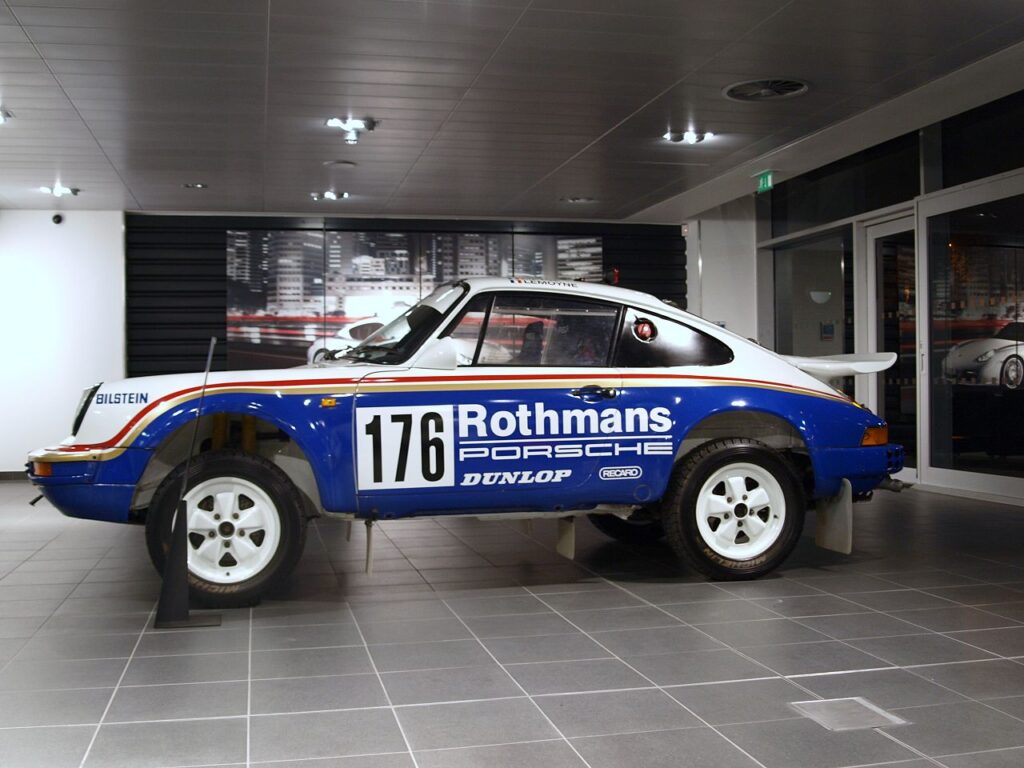Motorsport
The first Czech to compete in the Dakar was Miroslav Kubíček in 1983. The Paris-Dakar Rally was then in its infancy
Few people will remember the first Czech racer to complete the Dakar. Does the name Miroslav Kubicek mean anything to you? Maybe so, it’s not such an unusual name. But in the context of the famous rally?

Few people will remember the first Czech racer to complete the Dakar. Does the name Miroslav Kubicek mean anything to you? Maybe so, it’s not such an unusual name. But in the context of the famous rally?
Miroslav Kubicek took part in the race for the first time in 1983. It was the fifth time the Paris-Dakar Rally was held. But in Czechoslovakia at the time, it wasn’t written about much. The reason? Kubíček emigrated with his parents in 1968 and had a Swiss flag next to his name.
At the age of twenty-eight he gave up motocross because, in his words, young boys came along who were simply better at the discipline. But Miroslav Kubicek certainly didn’t give up on motorcycles. When he had the opportunity to ride the Dakar, which was gaining popularity in the 1980s, he did not hesitate.
He rode his first race in the colours of the private team Swiss Moto Ball. He rode a KTM GS560. The bike was specially modified, but a factory special was out of the question. “It was one big adventure,” said the Czech rider in a documentary for TV’s World of Motors. Kubíček had no idea what was in store for him. And it was hell.
The conditions couldn’t be compared to today
“We rode extremely long stages without help, without food and often without drink,” he recalls. Although three trucks carried supplies for the six riders of the Swiss team, they arrived at the finish later than the riders, sometimes not at all.
The participants in the Paris-Dakar Rally were not as well equipped as today’s riders. They could only dream of sat-navs or satellite phones. Back then, it was science fiction for them. That’s why it often happened that competitors got lost in the African desert and were often forced to sleep rough. But riders can still get lost today with all the latest equipment. Martin Michek, who got lost on the first stage of this year’s Dakar, could tell a story.
Even in the 1980s there was no shortage of accidents and related injuries. In one stage Kubíček crashed at a level crossing, broke his wrist, collarbone and scapula and that was the end. “We didn’t wash much and we were hungry.
I repaired the punctured tyres with a glue kit and inflated them with a hand pump. One day I had maybe eight punctures. I cried a lot and wanted to give up. The emotional strain of being there alone was great. It was worse than the ride itself,” Miroslav Kubíček recalls. But the next year he did it again.
Source
